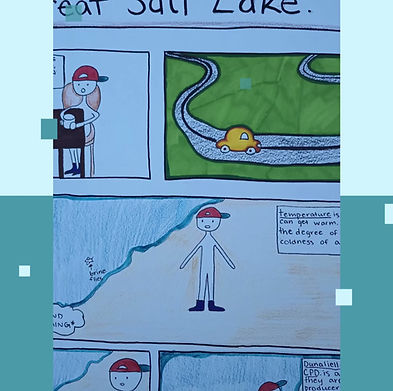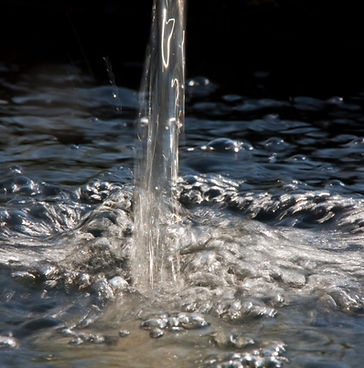
STEAM Curriculum and Instruction
Inspiring students and team members
STEAM instruction integrates science, technology, engineering, arts, and mathematics to create a holistic learning experience for students. This approach encourages critical thinking, creativity, and collaboration, equipping learners with essential skills for the future. By engaging in hands-on and real-world problem-solving, students develop a deeper understanding of concepts while fostering a passion for discovery and innovation. Embracing STEAM not only enhances academic performance but also prepares students to thrive in an ever-evolving job market.
The use of Project Based Learning (PBL) aligns seamlessly with STEAM instruction. Furthermore, PBL projects merge creativity with scientific rigor, providing an excellent means of assessing student learning. Rubrics offer a framework for individual or group project design, decision-making, and grading. Additionally, they include a reflective summary of how the project was developed, the research design, and what students found most interesting.

The original PBL rubrics were created by Michelle L. Wood, a dedicated science educator and chair of the Biology and Chemistry Department at Bonneville High School in Utah (1959 - 2018). Although the PBL philosophies have been revised and expanded, their core remains the same. Michelle's contributions to PBL have inspired thousands of students throughout her career, as well as the student teachers she mentored. She was an inquisitive and masterful educator whose passion for scientific rigor, creativity, and kindness blessed everyone who collaborated and learned with her.
Before the project design stage, students review the scientific method and select a rubric that best supports their research and project design. They also receive a list of references and some direct instruction related to their course topic. However, they are required to conduct additional research independently. The following are excellent resources for earth science, environmental studies, biology, and astronomy classes, some of which specifically focus on the natural resources and ecological concerns of the Southwest.
-USGS Resurging Interest in Utah's Geothermal Energy Resources
-The Human Element education materials
-High Country News Education Program
-USGS Educational Resources
-Utah Geological Society Interactive Maps
-Natural History Museum of Utah Teaching Tool Boxes
-Friends of the Great Salt Lake
-Astronomical Society of the Pacific
-NASA

Comic & Children's Book Sample
Journey to the Great Salt Lake-Comic & Nowhere to Live-Children's book
Young Adult Comic
The Sun and the Earth discuss clean and sustainable 'Energy" sources. Camilla Larson



